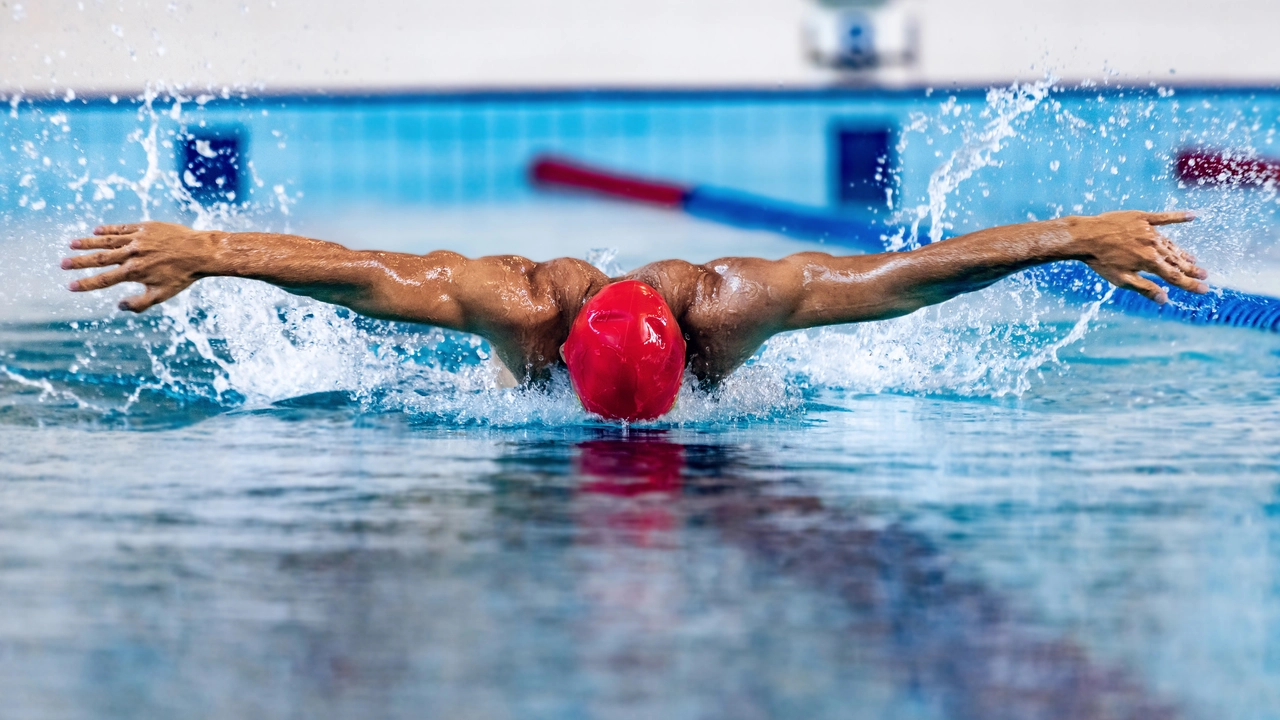 Jul, 18 2023
Jul, 18 2023
Understanding the Concept of Regulation Strokes in Swimming
Before delving into the number of regulation strokes in swimming, it's important to first understand what exactly a regulation stroke is. In simple terms, a regulation stroke is a specific type of stroke that swimmers must use during a race or competition. These strokes are standardized and have specific rules governing how they should be performed. The purpose of these strokes is to ensure fair competition between swimmers and to challenge different skillsets.
The Four Main Types of Regulation Strokes
There are four main types of regulation strokes in swimming: the butterfly, the backstroke, the breaststroke, and the freestyle. Each of these strokes has unique characteristics and techniques, requiring different levels of skill and strength. In the following sections, I'll go into detail about each of these strokes, discussing their unique features and how they're performed.
The Butterfly Stroke
The butterfly stroke is known for its unique, dolphin-like movement. The swimmer's legs must stay together at all times, moving in a simultaneous whipping motion. The arms also move together, sweeping down into the water and then back up again. The butterfly stroke is considered one of the most physically demanding strokes in swimming, requiring a great deal of upper body strength and coordination.
The Backstroke
As the name suggests, the backstroke is performed on the swimmer's back. The legs kick in a flutter motion, similar to the freestyle stroke, while the arms move in alternating windmill motions. The backstroke requires good coordination and spatial awareness, as swimmers must be able to keep themselves oriented in the pool without being able to see where they're going.
The Breaststroke
The breaststroke involves a simultaneous movement of the arms and a frog-like kicking motion with the legs. The arms extend forward and then sweep out to the sides, while the legs kick out and then come back together. The breaststroke requires good timing and coordination, as the arms and legs must move in a synchronized manner.
The Freestyle Stroke
The freestyle stroke, also known as the front crawl, is the fastest and most efficient of all the strokes. The legs kick in a flutter motion while the arms move in alternating windmill motions. The freestyle stroke requires good breath control, as swimmers must turn their heads to the side to breathe without interrupting their stroke.
The Medley of Strokes
In addition to individual stroke events, there are also medley events in swimming competitions. A medley event involves swimming a segment of the race with each of the four regulation strokes. The order of strokes in a medley event is butterfly, backstroke, breaststroke, and freestyle. This requires swimmers to be proficient in all four strokes and adds an additional element of strategy to the race.
Additional Regulations Surrounding Strokes
Aside from the specifics of how each stroke should be performed, there are also additional regulations governing the use of strokes in swimming. For example, in freestyle events, swimmers are allowed to use any stroke they wish, but most choose to use the front crawl due to its speed and efficiency. In addition, there are specific rules about how swimmers must turn and touch the wall during a race. These regulations add another layer of complexity to the sport of swimming.
Final Thoughts on Regulation Strokes in Swimming
Understanding the number and types of regulation strokes in swimming is essential for anyone involved in the sport, whether as a swimmer, coach, official, or spectator. These strokes, along with the rules and regulations that govern them, contribute to the excitement and challenge of swimming competitions. They require swimmers to demonstrate a combination of strength, skill, coordination, and strategic thinking, making swimming a truly multidimensional sport.